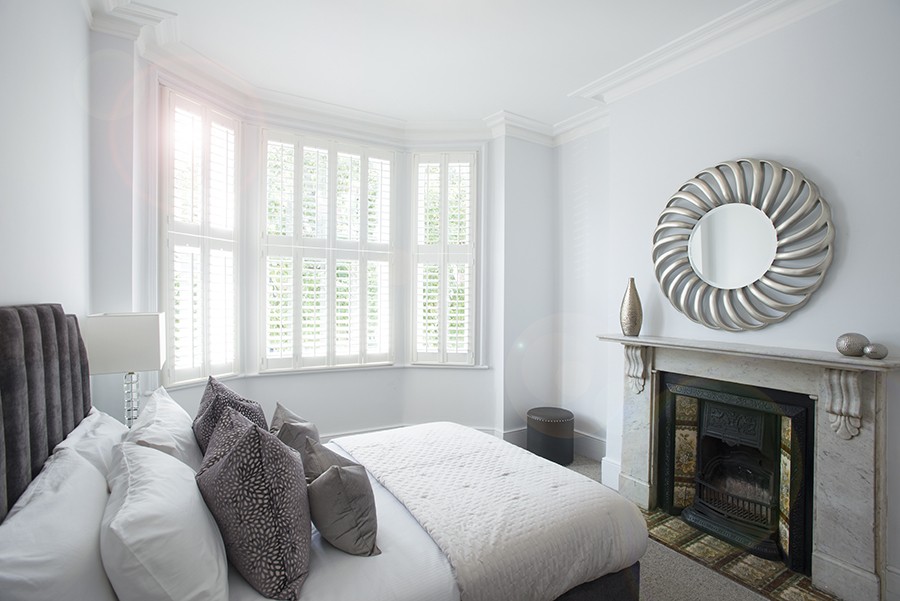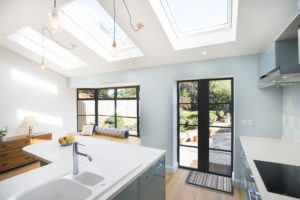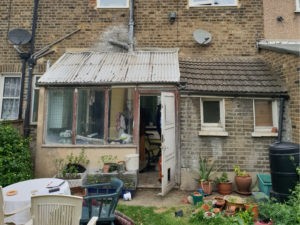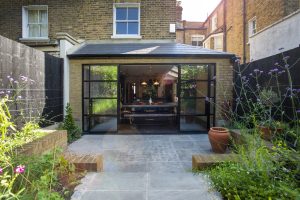Chimney breasts are typically found in old homes, projecting from the wall to accommodate fireplace to keep the occupants warm during the winter season.
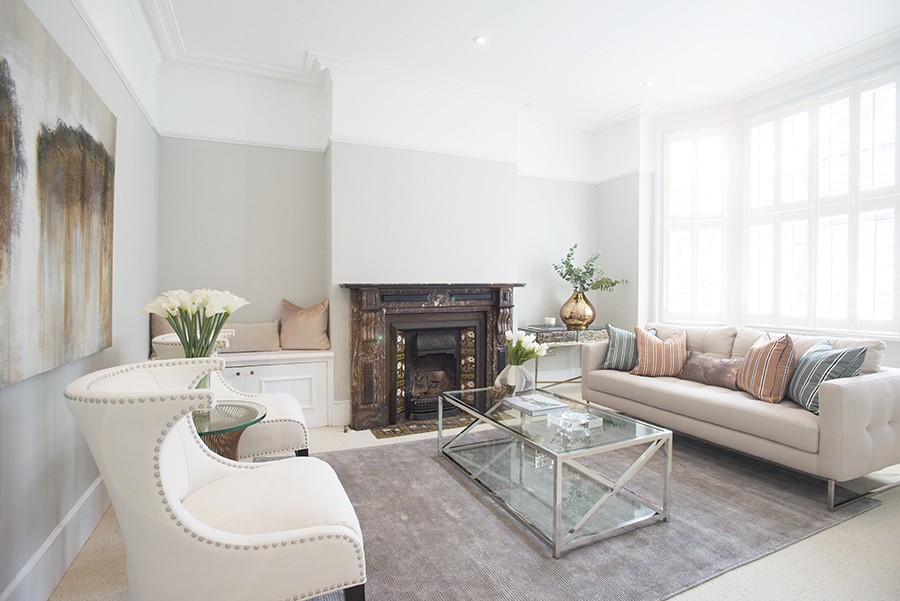
At the bottom of the chimney is the fireplace where a fire would be lit. Heat produced by the fire spreads into the room and surroundings where the chimney sits. Smoke generated by the fire goes up behind the wall through a hollow space called the flue shaft until it reaches the top and leaves the building out the chimney stack. Heat radiates into the room andd the smoke is extracted through the flue.
Typically multi-storey houses have fireplaces on each floor, often now disused, filled in or removed.
Modern heating systems, radiators or under floor heating, electric, water or oil based have replaced the need for using chimneys, as these provide more focused and efficient ways of getting your home warm.
So what to do with your chimney if you are not using it to heat your home?
Here are 3 things you could do with your chimney depending on your personal taste and convenience.
Preserve
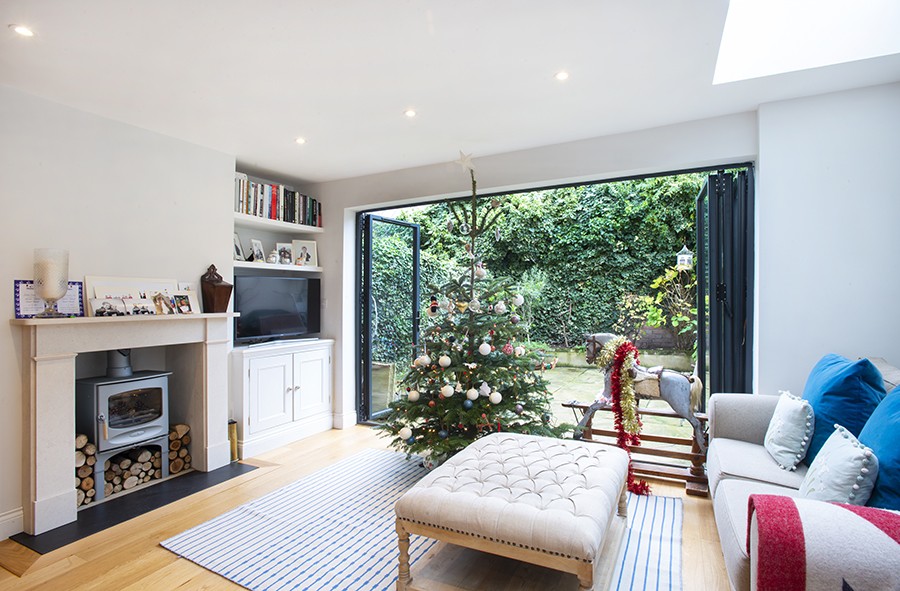
The love for the traditional style or combining complementing styles can be a great reason to keep the chimney breast and fire surround in place. Preserving the chimney as a traditional feature in the space.
This would also be the most cost effective and possibly a stylish option as it would involve less structural works. There are options to be creative and draw attention to the chimney breast as the center piece in the room by considering contrast wall paper or paints. Highlighting the breast with a feature art piece.
Hollow out
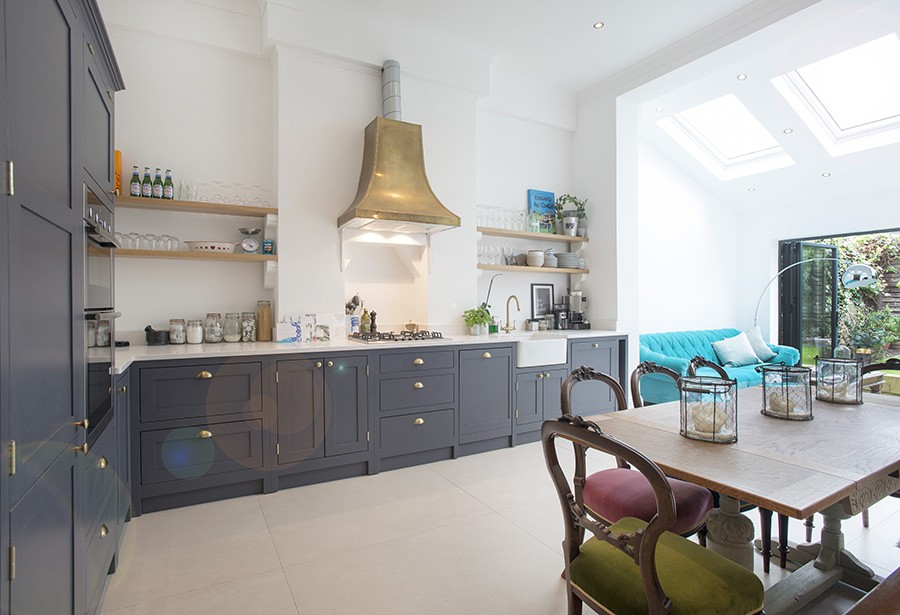
On option could be to partially keep the chimney breast. Hollowing out the center and keeping the two outer piers allows you to use the space within the breast without the structural implications and cost of removing the entire breast.
Uses for this option could include built in storage, to house a hob and cooker hood or even to frame a wall mounted TV.
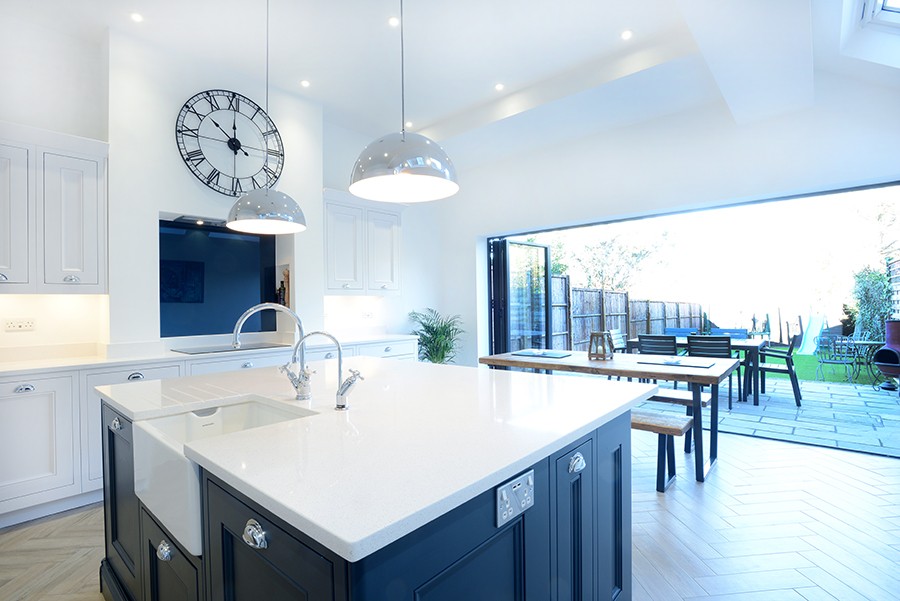
Fully remove
The chimney breast itself takes up a fair amount of space from your wall. Fully removing the chimney would be more of a practical option for limited spaces. Removing the breast allows complete flexibility but comes at the most expensive option of the three.
It could be worth considering the use of the chimney breast on the upper levels. If removing the breast on the ground floor, it could be space and cost efficient to remove the breast on the upper floors.
